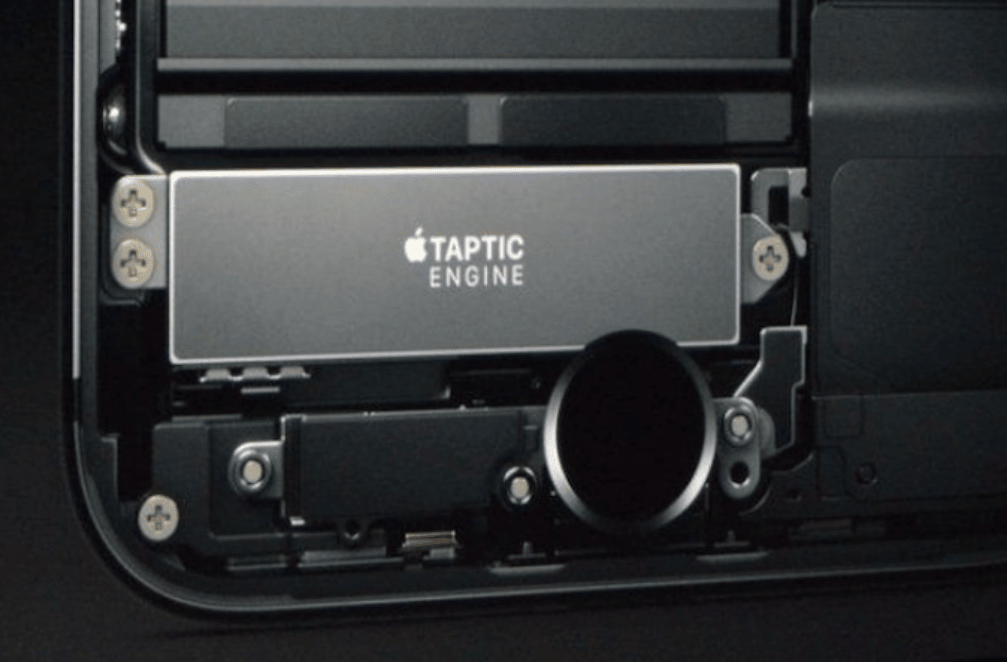Mobile Phone Motor Vibration Testing with VibroMicro VM-S-100
1. Background and Industry Requirements
With the evolution of smartphone interaction design, haptic feedback motors have become core components for enhancing user experience. From simulating physical button presses to providing immersive gaming feedback, motor performance directly influences perceived product quality.
Current Industry Challenges:
Subjective Evaluation Limitations: Traditional manual assessment lacks objective data support
Miniaturization Constraints: Compact motor designs (e.g., Linear Resonance Actuators - LRAs) challenge conventional measurement methods
Complex Vibration Patterns: Modern haptic systems require precise characterization of complex waveforms (transients, multi-frequency responses)
Production Line Compatibility: Need for rapid, non-contact testing solutions in manufacturing environments
2. Testing Solution Design
2.1 System Configuration
Core Sensor: Dynatronic VibroMicro VM-S-100 Laser Doppler Vibrometer
Fixture System: Customized motor mounting platform with precise positioning
Drive Electronics: Programmable motor driver with waveform generation capability
Analysis Software: VibroSoft with specialized haptic analysis modules
2.2 Measurement Parameters
Vibration Amplitude: Peak displacement (μm)
Response Time: Rise/fall time from 10%-90% of target amplitude
Frequency Response: 20-500 Hz operating range characterization
Waveform Fidelity: Comparison between drive signal and actual vibration output
3. Test Methodology
3.1 Standardized Test Procedure
Motor Mounting: Secure motor in test fixture using non-invasive clamping
Laser Alignment: Precisely position laser spot on motor's vibrating surface
Signal Protocol: Execute standardized drive signal sequence:
Single-frequency sine waves (150 Hz, 250 Hz)
Complex haptic waveforms (clicks, buzzes, pulses)
Frequency sweeps (50-400 Hz)
Data Acquisition: Capture vibration velocity/displacement with 100 kHz sampling rate
3.2 Key Performance Metrics
Click Quality: Rise time < 10 ms, clean overshoot characteristics
Rumble Performance: Consistent amplitude across frequency range
Transient Response: Minimal ringing and fast settling time
Amplitude Linearity: Proportional response to drive voltage changes
4. Results and Analysis
4.1 Typical Performance Data
High-Quality LRA:
Rise time: 8-12 ms
Displacement consistency: ±5% across batches
Harmonic distortion: <3% at rated voltage
Defective Unit Indicators:
Delayed response (>20 ms rise time)
Amplitude drop (>15% from specification)
Abnormal resonances or rattling
4.2 Advanced Analysis Capabilities
Waveform Decomposition: Separation of fundamental and harmonic components
Energy Calculation: Integration of vibration power across frequency spectrum
Cross-Device Comparison: Objective benchmarking against competitor products
5. Technical Advantages
5.1 Measurement Precision
Nanometer Resolution: Capable of detecting sub-micron vibrations critical for micro-LRAs
Wide Dynamic Range: Suitable for both subtle taps and strong vibration alerts
Phase-Accurate Data: Essential for analyzing complex haptic waveforms
5.2 Production Integration
Non-Contact Operation: No mass loading or mechanical interference
High-Speed Testing: <5 seconds per complete measurement cycle
Automation Ready: Compatible with robotic positioning systems
5.3 Comprehensive Characterization
Time-Domain Analysis: Precise timing of vibration onset/cessation
Frequency-Domain Analysis: Complete spectral signature of motor output
Statistical Processing: SPC capability for production quality monitoring
6. Application Value
6.1 Quality Assurance
Objective Pass/Fail Criteria: Eliminate subjective evaluation variations
Early Defect Detection: Identify manufacturing issues before final assembly
Supplier Qualification: Standardized motor performance verification
6.2 User Experience Optimization
Tuning Validation: Verify haptic effect design matches intended feel
Cross-Platform Consistency: Ensure uniform experience across device models
Competitive Benchmarking: Quantitative comparison against industry leaders
6.3 Manufacturing Efficiency
Reduced Testing Time: 80% faster than manual assessment methods
Lower Labor Cost: Minimal operator training required
Comprehensive Data Logging: Complete traceability for each unit tested
7. Implementation Example
Test Object: iPhone-style Taptic Engine
Measurement Points: 3 critical locations on vibration surface
Test Duration: 4 seconds per motor
Defect Detection Rate: >98%
False Rejection Rate: <1%
Conclusion:
The Dynatronic VibroMicro VM-S-100 based testing system provides smartphone manufacturers with a sophisticated solution for quantitative haptic motor evaluation. By delivering precise, repeatable measurements of key vibration parameters, it enables data-driven design decisions and ensures consistent high-quality user experiences. This approach represents a significant advancement over subjective assessment methods, supporting the industry's pursuit of excellence in haptic technology.

